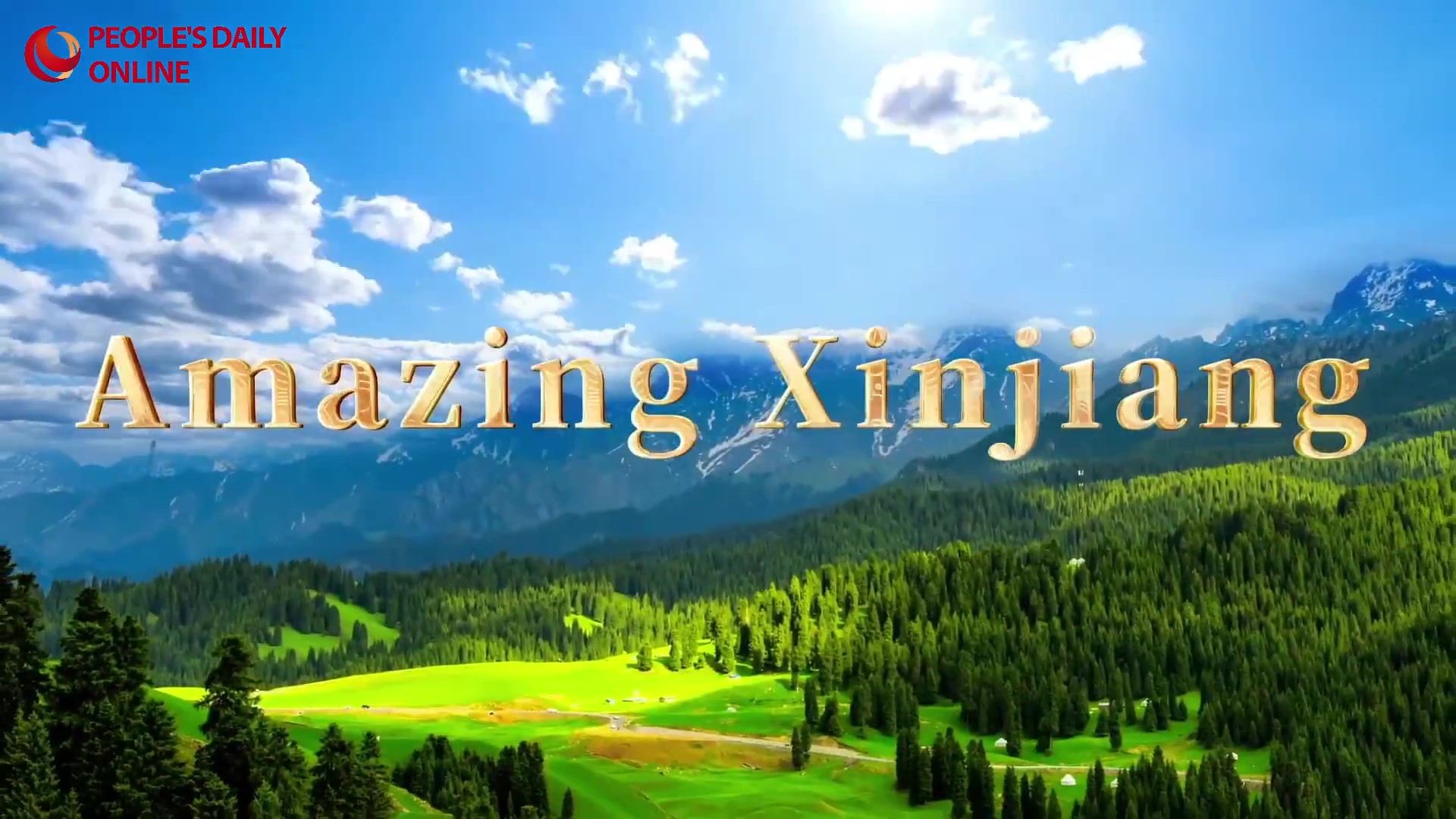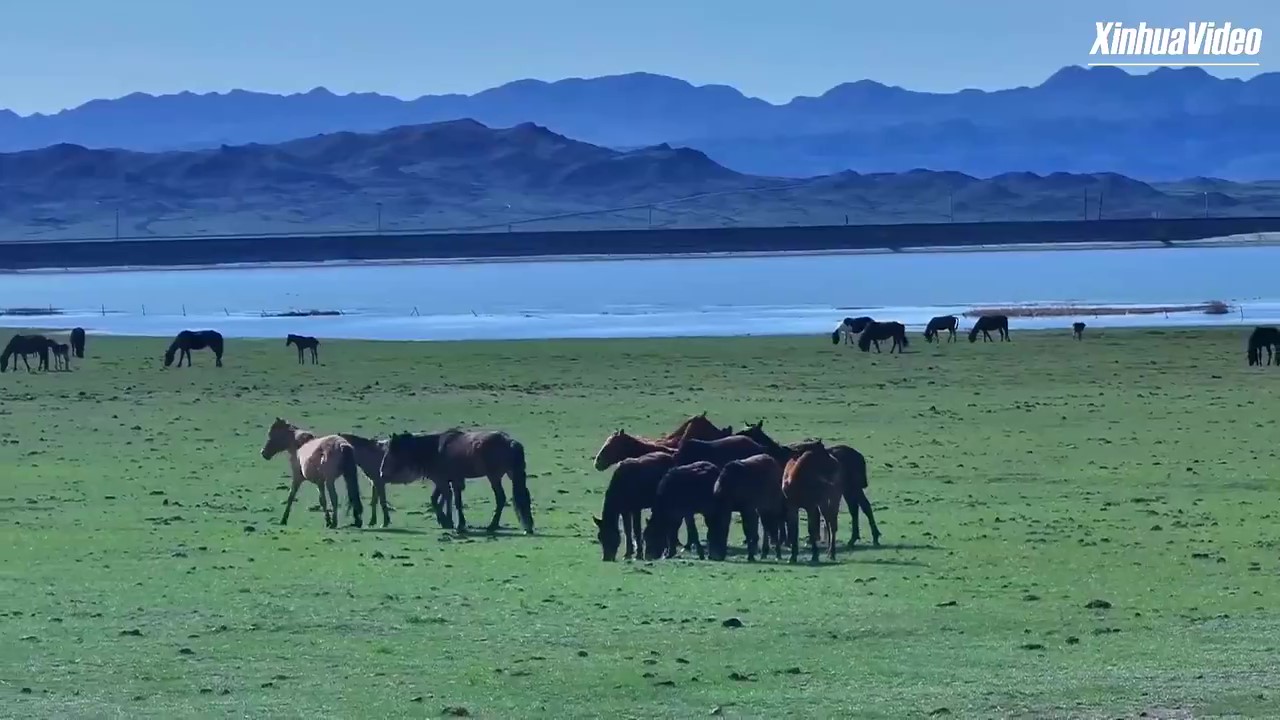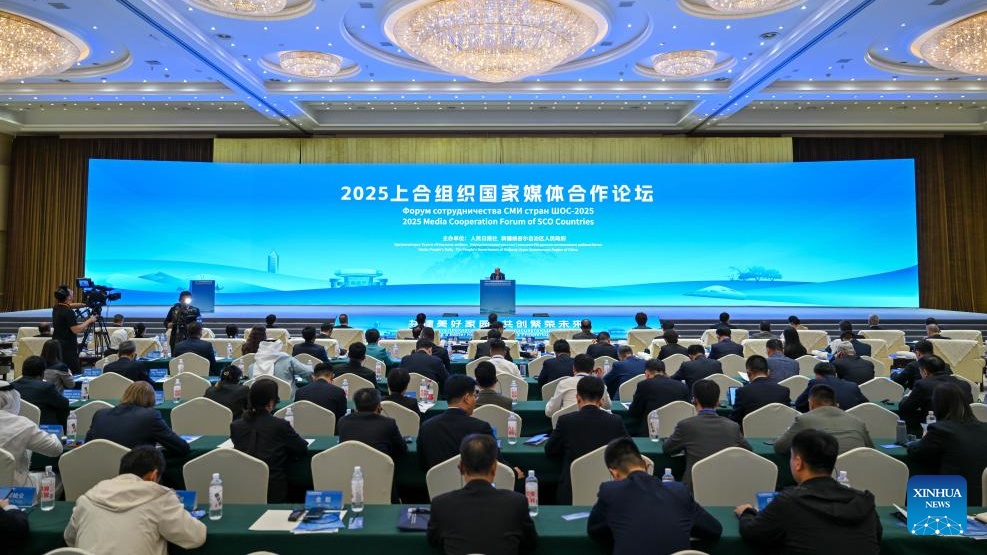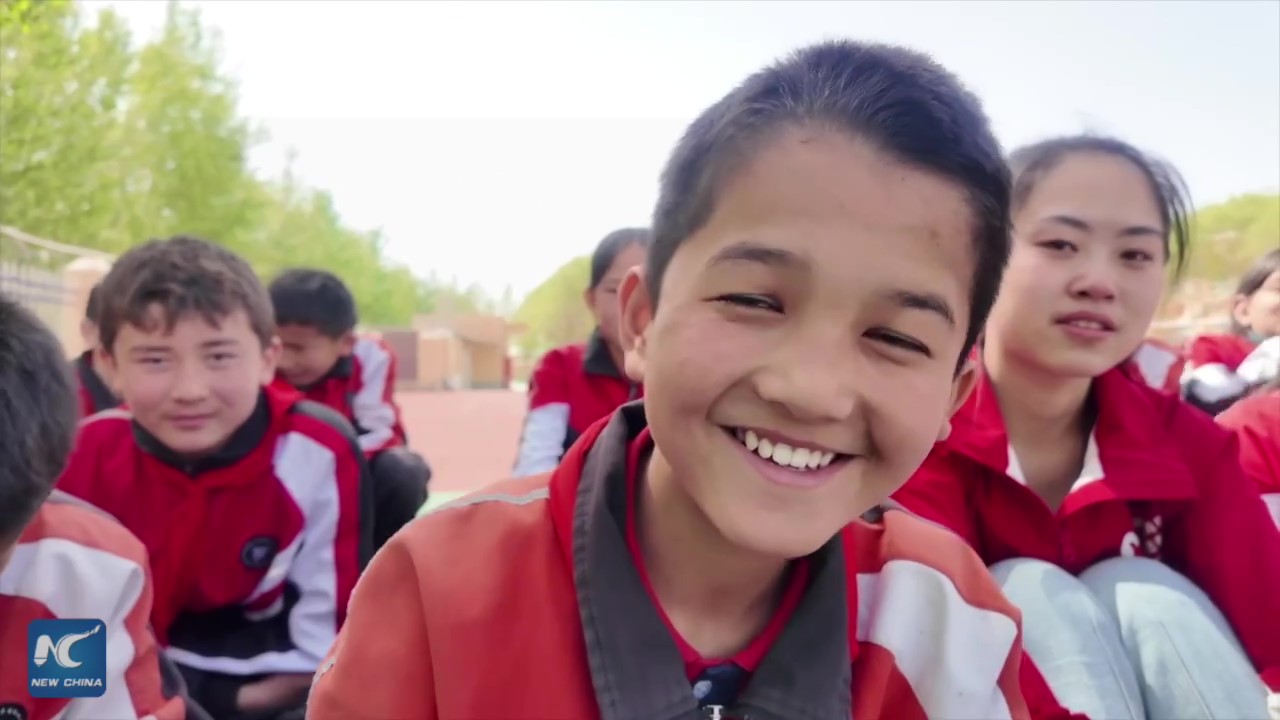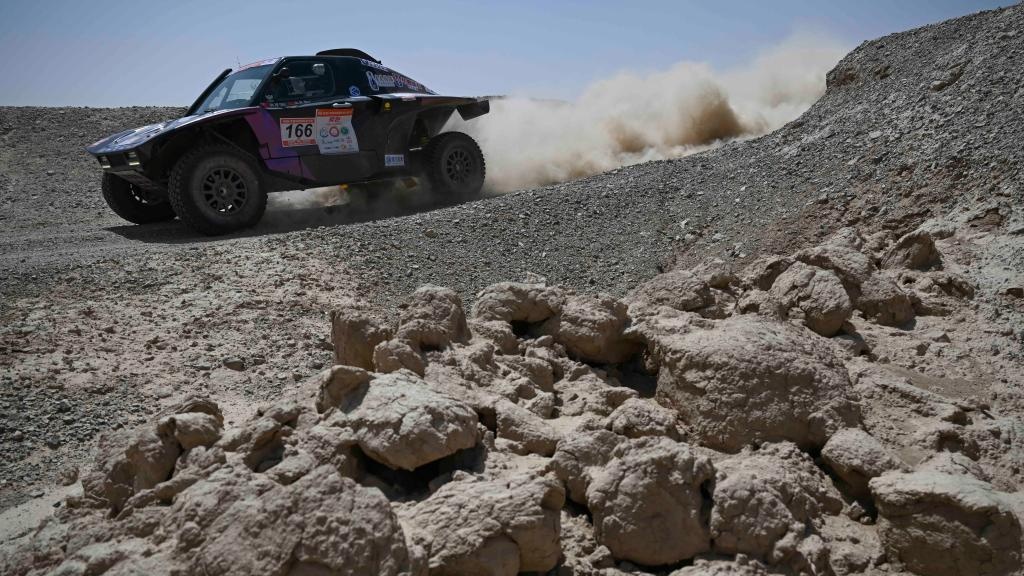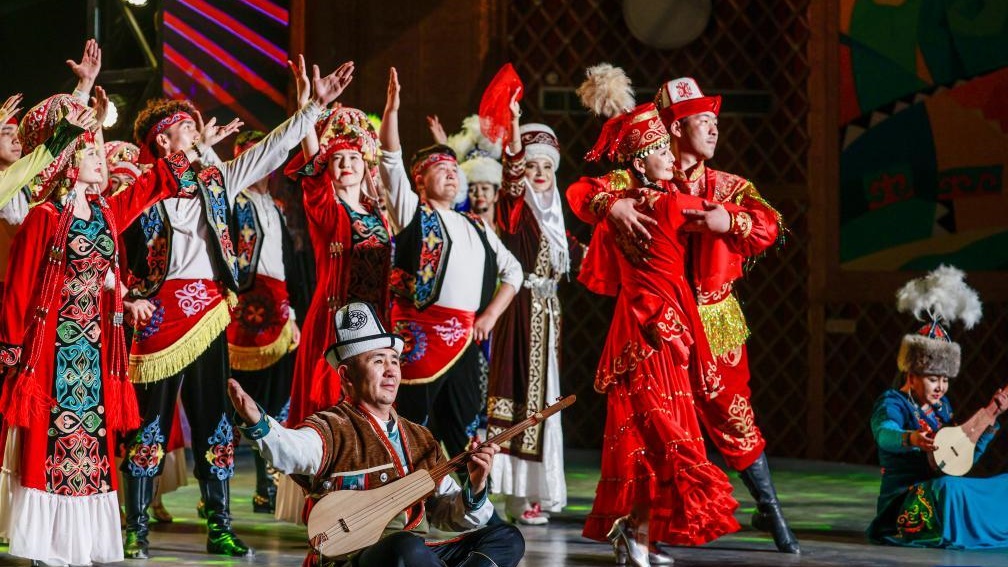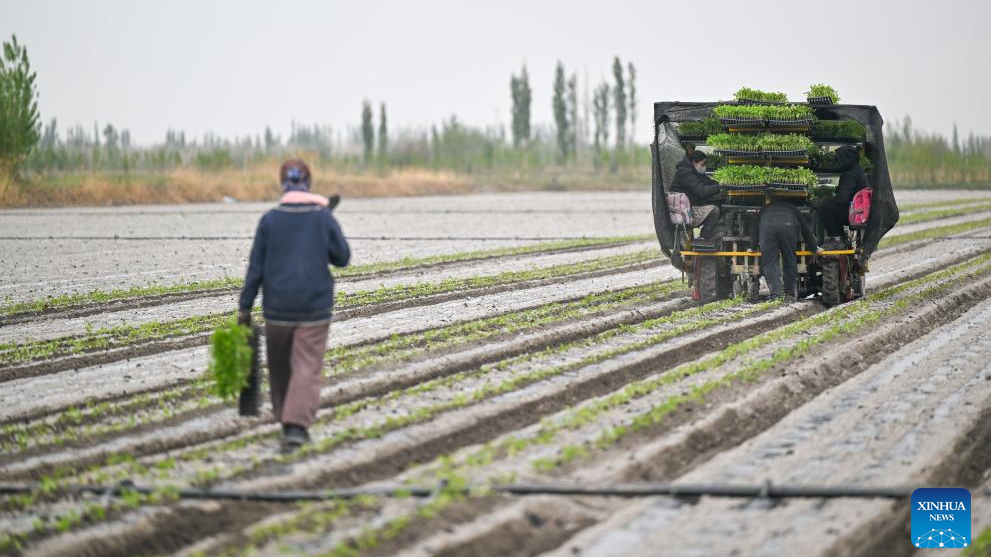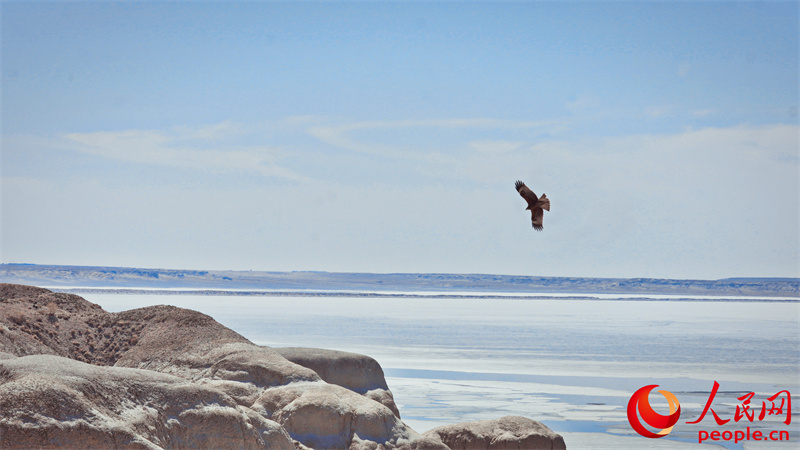Learning more about the history of the Xinjiang Uygur autonomous region can let the world see that its development has been deeply influenced historically by diverse cultures and religions, officials and scholars said at an international forum.
More important, they said, it can help people understand that the region's rich culture is an integral part of Chinese civilization.
Xinjiang has always been the home of people from many different ethnic groups with diverse cultures. Through coexistence and exchanges, different cultures in the region have integrated and flourished. And they are all part of Chinese civilization, Erkin Tuniyaz, chairman of the region, said on Wednesday in Kashgar at the International Forum on the History and Future of Xinjiang.
More than 100 scholars and archaeologists from countries including China, the United States, Australia, Germany, Egypt and Kazakhstan took part in the forum in the city in southern Xinjiang, sharing the latest archaeological findings in the region and the ties between the history of the region and Chinese culture.
The forum can help Xinjiang further explore its history and look into how its unique culture was formed, which is valuable to China and boosts exchanges between the East and West, Erkin Tuniyaz said.
Internationally, there is a baseless narrative that separates Xinjiang culture and Chinese culture and even portrays them as being in opposition. However, a large amount of archaeological evidence shows that Xinjiang has always been an important part of the Chinese cultural sphere, Pan Yue, director of the National Ethnic Affairs Commission, said at the forum.
"The story of Xinjiang fully demonstrates that Chinese civilization has always remained vibrant through its inclusiveness," Pan said.
Because of the ancient Silk Road, jointly opened up by ancestors in the western regions and the Central Plains, numerous trading cities were built, including Kashgar, he added.
"Over several thousand years, people from all directions and ethnic groups migrated, settled, traded, intermarried, and formed a pattern of coexistence in Xinjiang. Ultimately, Xinjiang and the Central Plains belonged to the same political community, which was the inevitable result of the development of economic, social and cultural communities," Pan said.
Wu Xinhua, a research fellow at the Institute of Archaeology of the Chinese Academy of Social Sciences, said the unique geological location of Xinjiang, which connects other parts of China with Central Asia, has determined that it is a natural hub for exchanges of cultures and religions.
"As a trade hub on the ancient Silk Road, the exchanges of the fruits of civilization around the world have happened in Xinjiang naturally and constantly. They are then integrated into the local culture and passed on to different regions via Xinjiang," Wu said. "And Xinjiang's role remains the same till today."
Pan said concerns that Xinjiang might lose its cultural identity are unnecessary, because Chinese civilization in modern times always strives for harmonious coexistence, consistently seeking common ground while reserving differences, and continually pursuing peaceful and mutually beneficial outcomes.
The preservation of the cultural heritage of different ethnic groups in Xinjiang is protected by law. Efforts to protect Xinjiang's culture have reached a new level in recent years, said Erkin Tuniyaz, the region's chairman.

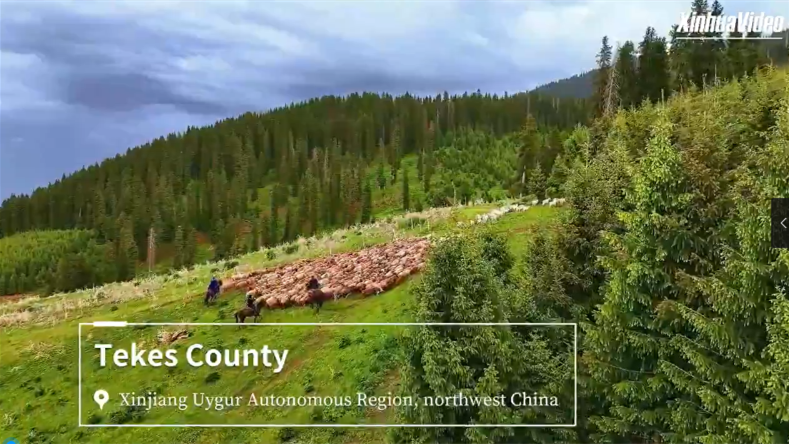
.png)
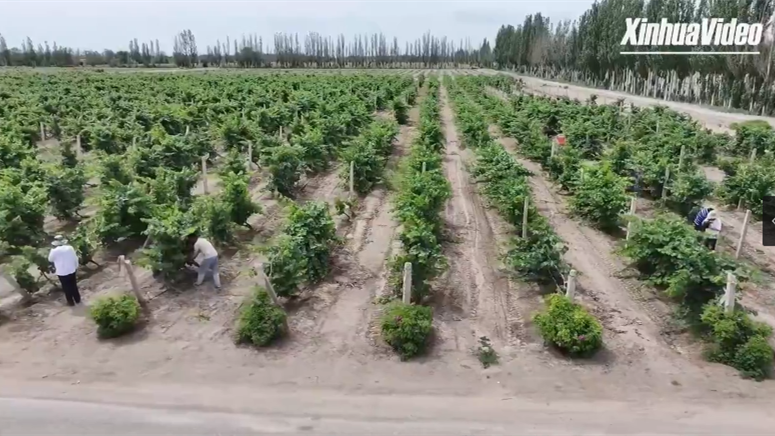
.png)

.png)



